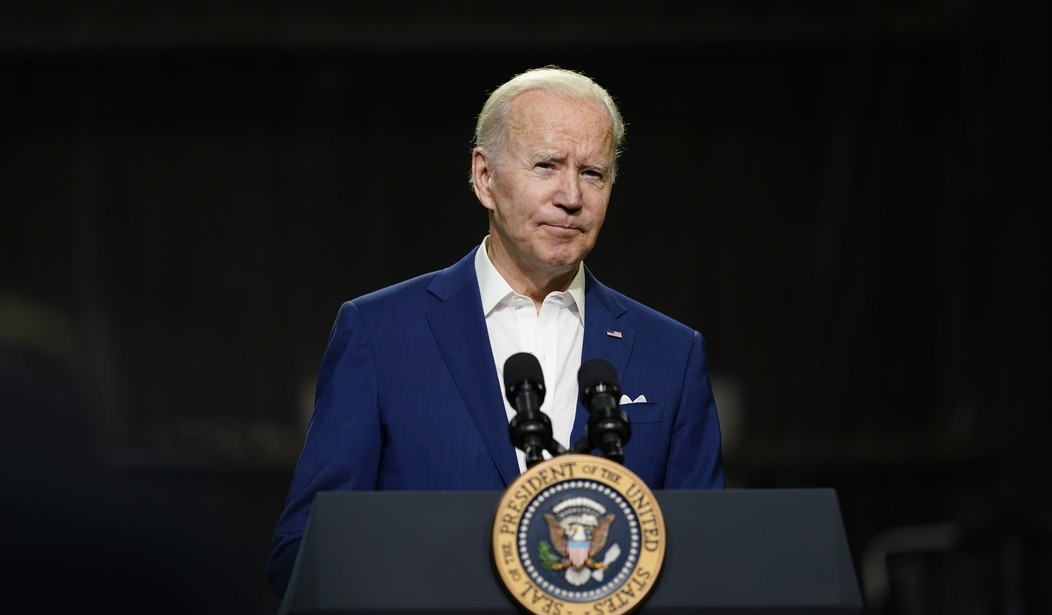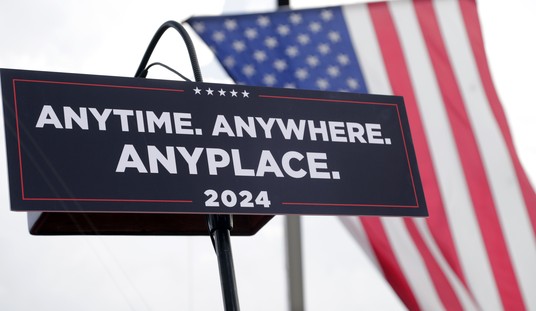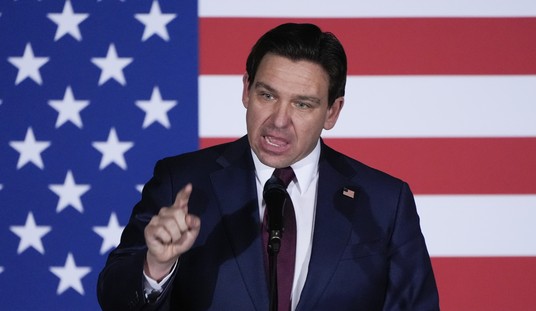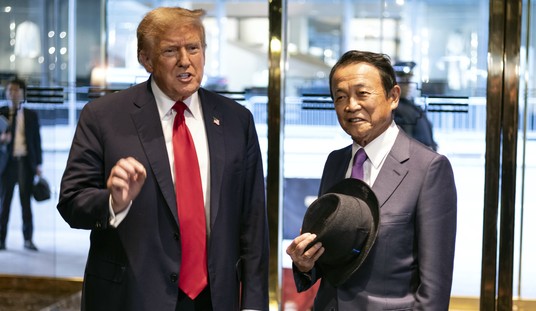The Wall Street Journal called the outcome “sturdy,” but perhaps a better word would be “consistent.” The US economy added 428,000 jobs in April, exactly the same as the adjusted March adjusted level of job growth. Unemployment remained steady as well at 3.6%, perhaps giving a calming sense before the Federal Reserve takes enough action to quell inflation — as well as job growth:
Total nonfarm payroll employment increased by 428,000 in April, and the unemployment rate was unchanged at 3.6 percent, the U.S. Bureau of Labor Statistics reported today. Job growth was widespread, led by gains in leisure and hospitality, in manufacturing, and in transportation and warehousing. …
The unemployment rate remained at 3.6 percent in April, and the number of unemployed persons was essentially unchanged at 5.9 million. These measures are little different from their values in February 2020 (3.5 percent and 5.7 million, respectively), prior to the coronavirus (COVID-19) pandemic. (See table A-1.) …
Both the labor force participation rate, at 62.2 percent, and the employment-population ratio, at 60.0 percent, were little changed over the month. These measures are each 1.2 percentage points below their February 2020 values. (See table A-1.)
The number of persons employed part time for economic reasons was little changed at 4.0 million in April and is down by 357,000 from its February 2020 level. These individuals, who would have preferred full-time employment, were working part time because their hours had been reduced or they were unable to find full-time jobs. (See table A-8.)
The revisions to the past two months were minor, subtracting 39,000 from well over 1.1 million jobs created in February and March. The results have grown more consistent, but the question remains how long that will continue — especially when inflation and a lack of policy response at the White House forces the Fed to act by tightening monetary supply. That will sharply impact investments, especially in risk-taking capital necessary for business expansion. We may not have hit that point yet, but the Fed has made it clear that it plans to get aggressive on rate increases this year.
If job growth begins to tail off now, we may not get back to the pre-pandemic level of jobs. This chart from the WSJ reminds us that we’re still seeing these large monthly figures because we are still playing catch-up:

Just to put solid numbers behind the graphic, the US had 152,504,000 non-farm jobs (seasonally adjusted) in February 2020 before the massive pandemic lockdown incinerated 22 million of them. The April report in this same category shows 151,314,000 jobs, meaning we are still 1,190,000 jobs short of the previous high.
However, don’t forget that this is a static comparison. The US population grows by about 2 million people a year, which means we need to constantly create jobs to keep up. We’ve likely grown by 4 million in population, and at an employment-population ratio of 60%, that means we’d need to add 2.4 million jobs in that same period just to keep up. That puts us roughly 3.6 million jobs shy of fully recovering from the pandemic, and every month adds more to the dynamic stack. That’s why 428K figures are not terribly impressive at this stage of recovery, although they could obviously be a lot worse. And might be soon, once the Fed’s monetary supply moves start to bite.
As for wages, get ready to hear a lot of happy talk from the White House:
Average hourly earnings for all employees on private nonfarm payrolls rose by 10 cents, or 0.3 percent, to $31.85 in April. Over the past 12 months, average hourly earnings have increased by 5.5 percent. In April, average hourly earnings of private sector production and nonsupervisory employees rose by 10 cents, or 0.4 percent, to $27.12. (See tables B-3 and B-8.)
Yes, but …
NOTE: Wages are not keeping up with inflation.
Wages are up +5.5% in the past year, according to the Labor Department.
That's well below 8.5% inflation in the past year.
— Heather Long (@byHeatherLong) May 6, 2022
Overall buying power is still eroding, and significantly so. This is worse than wage stagnation in a normal inflationary environment too, because the wage growth is likely to add to the inflationary growth. It’s a wage-price spiral, or at least it’s arguably the start of one, which is a key reason the Fed is finally starting to get aggressive now. They want to intervene in a way that will make the labor market a lot more slack than it is now, even if that’s not the primary goal, which means workers may wait a really long time to regain the buying power that got eroded over the last year.
There isn’t any easy way out of the inflationary vise. We might see a month or two more of robust job growth, but it’s going to stall soon — maybe as soon as the summer. And that will be double-plus ungood for a White House that still can’t talk straight about its own economic policies.
Update: Austan Goolsbee says don’t be fooled by the topline number:
🚨🚨🚨Former Obama economic advisor Austan Goolsbee: The economy is in an "awful situation"
pic.twitter.com/6fqYRNijpi— Steve Guest (@SteveGuest) May 6, 2022
And Jason Furman says the White House happy talk on wages may be even more empty than usual:
The big news here for thinking about inflation & the Fed is the steady slowdown of nominal wage growth. A range of indicators suggested that nominal wages were growing at about a 5.5% annual pace but the data from the last three months leads me to revise that view down. pic.twitter.com/QxelQrBpSn
— Jason Furman (@jasonfurman) May 6, 2022
Yeah, but who’s listening to those far-right, MAGA … Obama advisors?








Join the conversation as a VIP Member